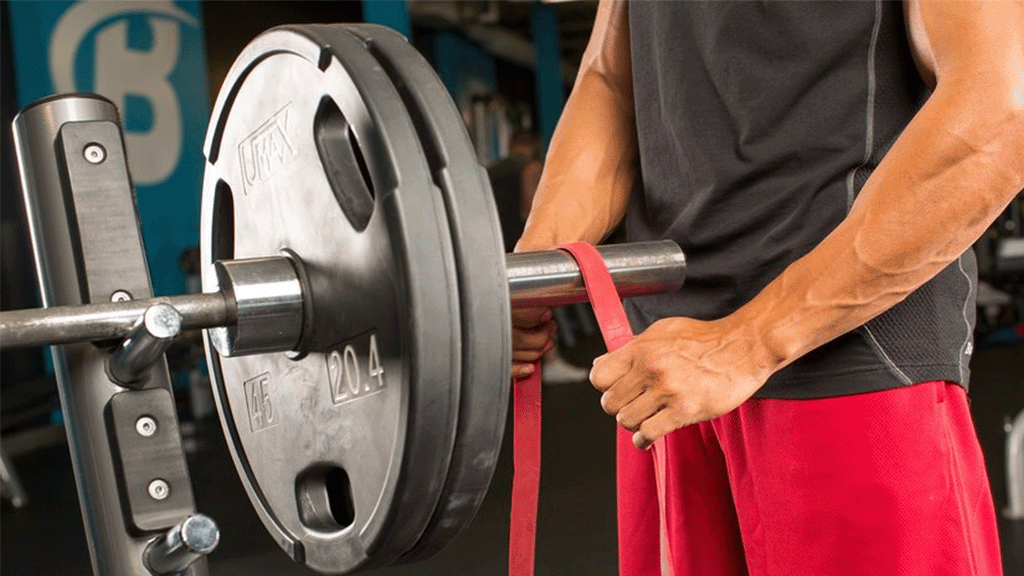Lateral raises are a staple for building strong, well-defined shoulders, especially when your goal is to sculpt the side delts for a wider, more athletic appearance. They isolate the lateral head of the deltoid, an area often overlooked in pressing movements, making them essential for a complete shoulder routine.
What Are Lateral Raises?
Lateral raises, sometimes called dumbbell raise side or side delt raises, involve lifting dumbbells out to your sides while keeping your arms slightly bent. This movement isolates the side delts, giving your shoulders a rounder, capped look that enhances posture and aesthetic balance.
How to Do Dumbbell Lateral Raises Correctly
To perform dumbbell lateral raises with proper form:
-
Start Position: Stand with feet hip-width apart, a slight bend in your knees, and hold a dumbbell in each hand at your sides.
-
Engage Core: Keep your chest up and brace your core to stabilize your torso.
-
Lift: Raise the dumbbells out to your sides until your arms are parallel to the floor, keeping a slight bend in your elbows.
-
Pause: Hold for a brief pause at the top to maximize tension on the side delts.
-
Lower with Control: Slowly lower the weights back to the starting position.
Avoid swinging your body or using momentum, as this shifts tension away from the side delts and onto other muscle groups.
Variations to Enhance Your Training
To prevent plateaus and stimulate the shoulders from different angles, consider incorporating these variations:
-
V Lateral Raises: Instead of lifting directly to your sides, lift the dumbbells in a slight V shape in front of you to change the angle of tension.
-
Isolated Lateral Raise: Use cables or machines to maintain consistent tension throughout the movement, enhancing muscle activation.
-
Single-Arm Dumbbell Lateral Raise: Focus on one side at a time to correct muscle imbalances and improve mind-muscle connection.
-
Side Lifts with Dumbbells While Seated: Sitting down reduces body sway, forcing your delts to handle the full load.
Tips for Better Results
-
Use lighter weights and focus on form; heavy weights often lead to cheating with traps and momentum.
-
Keep your wrists neutral, not leading with your thumbs, to maintain tension on the side delts.
-
Add lateral raises after compound shoulder exercises like overhead presses to pre-fatigue the delts.
-
Incorporate slow negatives to increase time under tension.
A Personal Note on Lateral Raises
When I first added lateral raises to my training, I noticed they helped break the plateau I had with shoulder development from presses alone. I initially struggled with controlling the weights, often letting my traps take over. Switching to lighter dumbbells and focusing on a slow, controlled movement dramatically improved my shoulder definition while reducing discomfort in my neck. If you’re struggling to feel your side delts, try performing them seated or with cables to learn the movement pattern before increasing the weight.
Final Thoughts
Lateral raises are a powerful yet simple exercise for building defined, strong shoulders. Whether you’re doing dumbbell lateral raise shoulder work, exploring delt raises side, or adding v lateral raises for variety, mastering this exercise can transform your physique and support your upper body strength goals. Focus on consistency, form, and progressive overload to make the most out of your lateral raise training sessions.












































Leave a comment
This site is protected by hCaptcha and the hCaptcha Privacy Policy and Terms of Service apply.